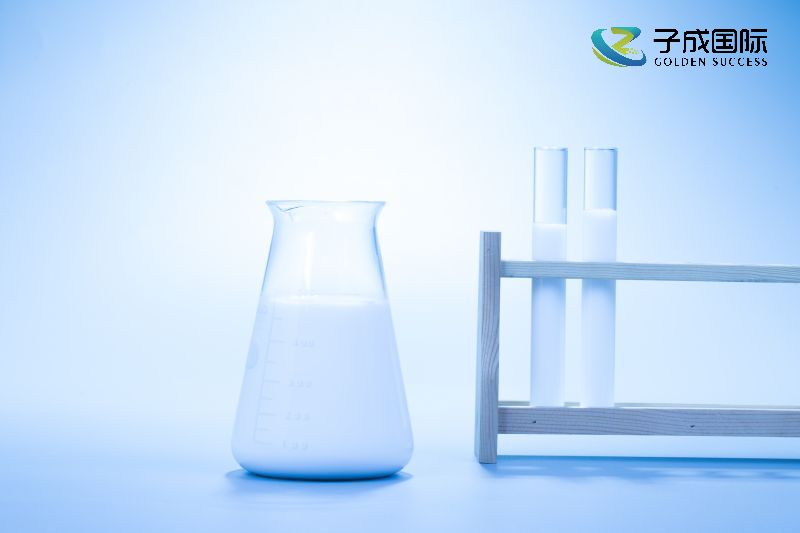Evaluating the biodegradation performance of wetting agents is a scientific and systematic process that involves multiple aspects of testing and analysis. The following are the main steps and methods for evaluating the biodegradation performance of wetting agents:

Firstly, it is necessary to clarify the definition and evaluation criteria of biodegradation performance. Biodegradability refers to the ability of substances to be gradually decomposed under biological action and ultimately converted into harmless substances (such as carbon dioxide, water, etc.). For wetting agents, products with good biodegradability can be quickly decomposed by microorganisms in the environment, reducing pollution to the environment.
In terms of evaluation criteria, relevant international and domestic regulations and standards can be referred to, such as the OECD (Organisation for Economic Co operation and Development) biodegradability testing guidelines, China's environmental protection regulations, etc.
To evaluate the biodegradability of wetting agents, the following testing methods are mainly used:
Aerobic degradation testing evaluates the biodegradation performance of wetting agents in aerobic environments by measuring the ratio of biological oxygen demand (BOD) to chemical oxygen demand (COD). BOD is the amount of oxygen required for microorganisms to decompose organic matter, while COD measures the amount of reducible substances that need to be oxidized in water samples. The change in the ratio of the two can reflect the degree of biodegradation of the wetting agent.
The OECD 301 series of tests is a standardized aerobic biodegradability testing method, including OECD 301A to 301F, used to evaluate the biodegradation performance of different organic compounds within 28 days. If the wetting agent achieves a certain degradation rate (such as over 70%) in these tests, it is considered to have good biodegradability.
Anaerobic degradation testing is required for wetting agents that may exist in anaerobic environments. Common testing methods include OECD 311, which uses activated sludge in a sealed container and measures degradation through gas release.
The carbon dioxide generation method evaluates the biodegradation performance of wetting agents by measuring the amount of carbon dioxide produced during the degradation process under dark or low light conditions. This method is suitable for certain specific types of wetting agents and can intuitively reflect the degree to which they are decomposed by microorganisms.
Prepare wetting agent samples according to standard methods, ensuring that the samples are representative and free from contamination. According to the selected testing method, set appropriate testing conditions, including temperature, pH value, microbial species and quantity, etc. Operate according to the steps specified in the testing method, regularly take samples and measure relevant indicators (such as BOD, COD, carbon dioxide generation, etc.). Calculate key indicators such as degradation rate based on test results and compare them with standard values to evaluate the biodegradation performance of wetting agents.
Different wetting agents may have different chemical structures and properties, therefore suitable testing methods need to be selected for evaluation. Small changes in testing conditions can have a significant impact on the results, so strict control of testing conditions is necessary to ensure the accuracy and reliability of the results. To ensure the accuracy of the evaluation results, multiple repeated experiments are required to verify the repeatability and reproducibility of the data.
In summary, evaluating the biodegradation performance of wetting agents is a complex and rigorous process that requires comprehensive consideration of multiple factors and the adoption of appropriate testing methods for evaluation. Through scientific evaluation processes and methods, the biodegradation performance of wetting agents can be accurately understood and provide strong support for their application in the field of environmental protection.

 English
English
 Chinese
Chinese Vietnamese
Vietnamese
 HOME
HOME
 PRODUCT
PRODUCT
 NEWS
NEWS
 CONTACT
CONTACT


